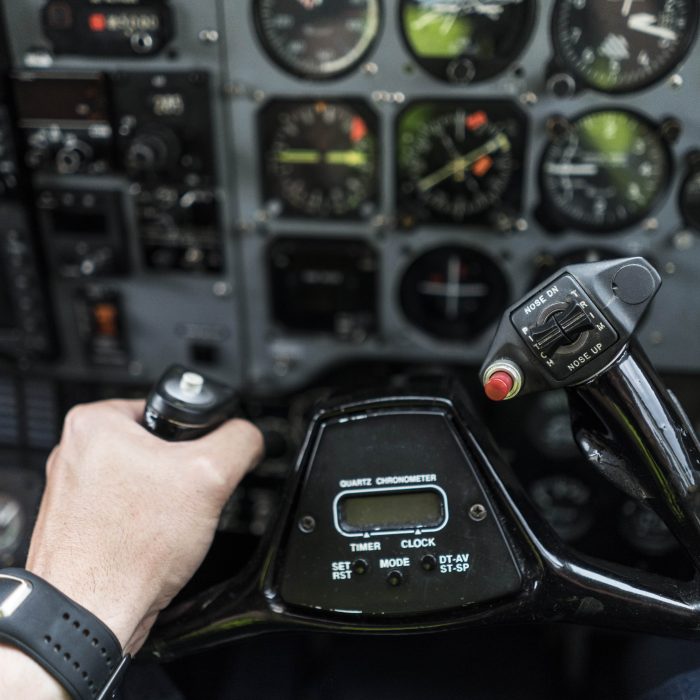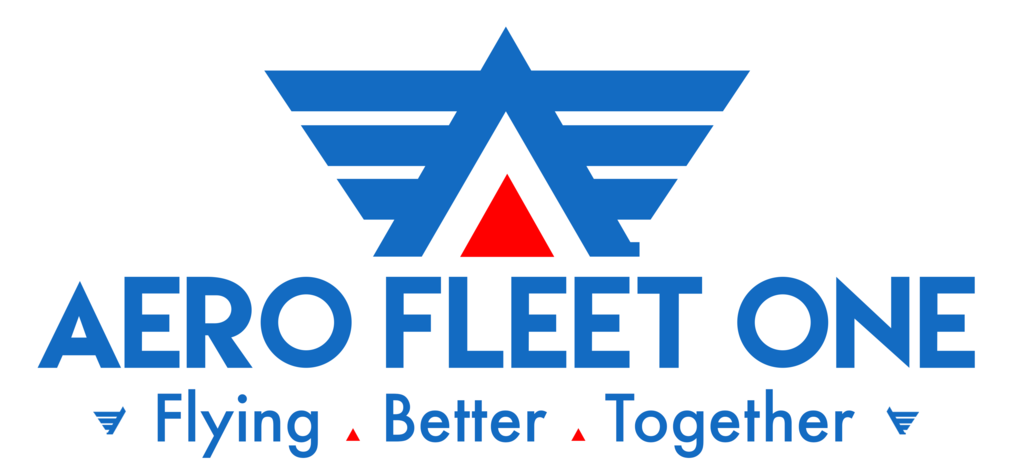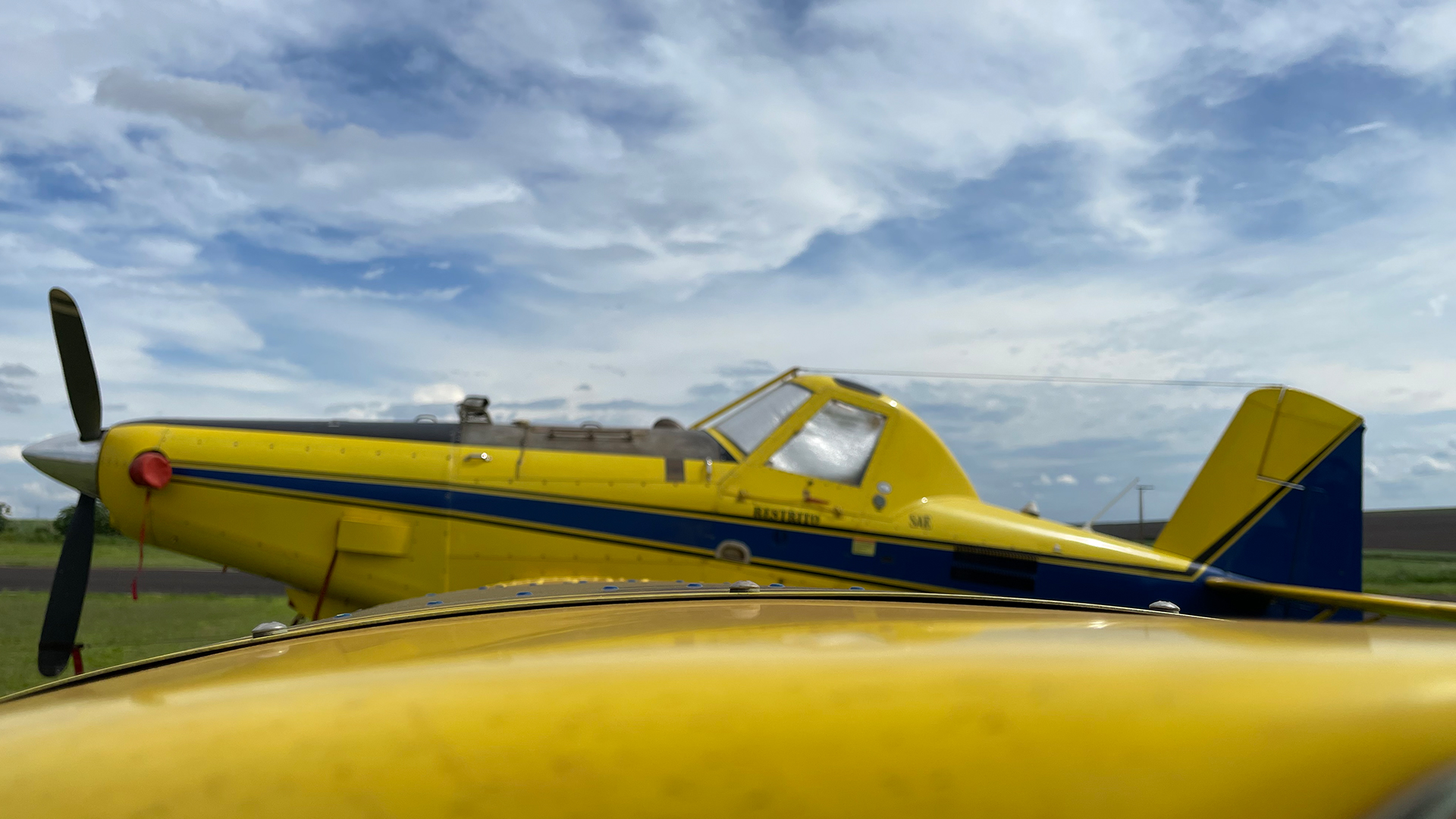
How many landings in a day?
Ag pilots are some of the most hard-working folks we know.

Providing stability to sustain the industry through seasons of change.
We exist to maximize potential and minimize risk for all involved in agricultural aviation.

Without realizing it, I did years of research on ag pilots for my novel, Flying Blind, A Cropduster’s Story. The subject matter was the perfect nexus of romance and technology. My husband was an agricultural aviator the first two decades of our marriage. Some ag pilots I knew well enough to eat their barbeque, drink their beer, and hug their kids. Others I only knew casually. Some I never met, but I heard oft-repeated (tall) tales about them. Whoever they were, they seemed to have the same five personality traits.
They didn’t all look alike. One big man I can still see. He sat exhausted in the office, taking up a cushion-and-a-half of a three-cushion couch and wearing worn-out jeans. His strawberry-blond curls were flattened by helmet sweat. Another I met once, the day after his accident. He was a slight man with a gaunt face, plaid shirt, and a cast on his right arm and his right leg. Though dissimilar in appearance, the pilots I met from California to Idaho to Arkansas to England to Kenya all shared personality traits. Most of them possess the first four traits, but they all have number five.

These guys don’t just fly aircraft. They are part farmer, chemist, people manager, and athlete. They’re up before the sun, splitting up the work, calculating the loads, working with the ground crew, monitoring their aircraft for signals of malfunction, and hustling for the next day’s work. And that’s in addition to flying the crop. Their flying is a whole different category of quick decisions, aerial finesse, and athletic prowess. Unlike airline pilots, they land and take off so often in a day, it’s as common as pulling out of a driveway. Their day starts before it’s light and can end well after dark, seven days a week during the busy season. They have an atypical ability to focus and leave all the distractions on the ground and fly safely.
Yes, you read that right. They are cautious. Oh, maybe not the ones in my novel, but the ones who last for any length of time in the business are. I remember one pilot worrying about his son, who wanted to go into the business. He didn’t think his offspring knew the difference between a risk and a calculated risk. Sadly, he turned out to be right. On a slow day, these pilots might fill baggies with flour, fly out over the ocean, and flour-bomb whales—but they do it safely.
Ag pilots must be willing to wait all day for the wind to go down. This often requires long discussions with other ag pilots. We are talking about a profession full of people who are just itching for pestilence and hoping fungus attacks. They can see the bright side of hitting a powerline if it’s cut cleanly. They laugh at themselves, knowing they duck their heads in the cockpit when flying under a wire. When they go under a wire and over a barbed wire fence, they duck and lift their feet. That alone takes an odd sense of humor.
They aren’t always good with money, but they love making it. The more, the better. They aren’t afraid of working their tails off to get it either. My husband never flew without a calculator nearby. Even at the end of the longest day of flying, they can tell you how much money they earned. They will travel great distances to make it. I’ve known ag pilots who left their home country to be paid in the off-season. Willingness to travel probably has as much to do with the money drive as with the last personality trait.
An ag pilot’s longing to fly goes beyond liking it or even loving it. One must dip into the world of drugs or religion to find words to explain their need to fly. Like addicts, they are jonesing for it. Like a priest, it’s a calling. Normal humans develop some level of air sickness when flying the way an ag pilot does. But only ag pilots experience ground sickness. They literally feel ill if they stay out of the air too long. They don’t even look at airplanes the way most people do. For instance, back when my husband and I were first dating, I could wear shorts and stand beside an airplane. I never knew if he would look at my legs first or the landing gear. I mean, I hoped it was me, but I wouldn’t have bet money on it.
With these five personality traits, it’s obvious these pilots are just a little different than members of other professions. If you have all of these traits and you’re not an ag pilot, perhaps you need to consider switching professions.
Luanne Oleas’ novel, FLYING BLIND, A Cropduster’s Story (published by Sand Hill Review Press) is available at bookstores and online. It’s the story of the broken friendship of two cropdusters—one wild, one sane—and the radical priest who connects them.
Credits
Luanne Oleas was born in Steinbeck’s Salinas Valley, where her husband worked as an ag pilot. It became the setting for her novel, FLYING BLIND, A Cropduster’s Story. Her other published novel, A PRIMROSE IN NOVEMBER, is a family saga set in England and France. She is working on her third book, the story of a widow who reinvents herself on reality TV after winning the lottery. She and her husband currently live in California with their cat, Blackberry.
International team members came together to work on business development in Brazil.
Attending is part of our efforts to stay familiar with the most recent...
International team members came together to work on business development in Brazil.
Attending is part of our efforts to stay familiar with the most recent trends and developments in aviation technology.
WOULD YOU LIKE TO BE PART OF THE AERIAL APPLICATION REVOLUTION?
WOULD YOU LIKE TO BE PART OF THE AERIAL APPLICATION REVOLUTION?
WOULD YOU LIKE TO BE PART OF THE AERIAL APPLICATION REVOLUTION?
Something isn’t Clear?
Do not hesitate to contact us and we will be happy to help you and our cooperation!